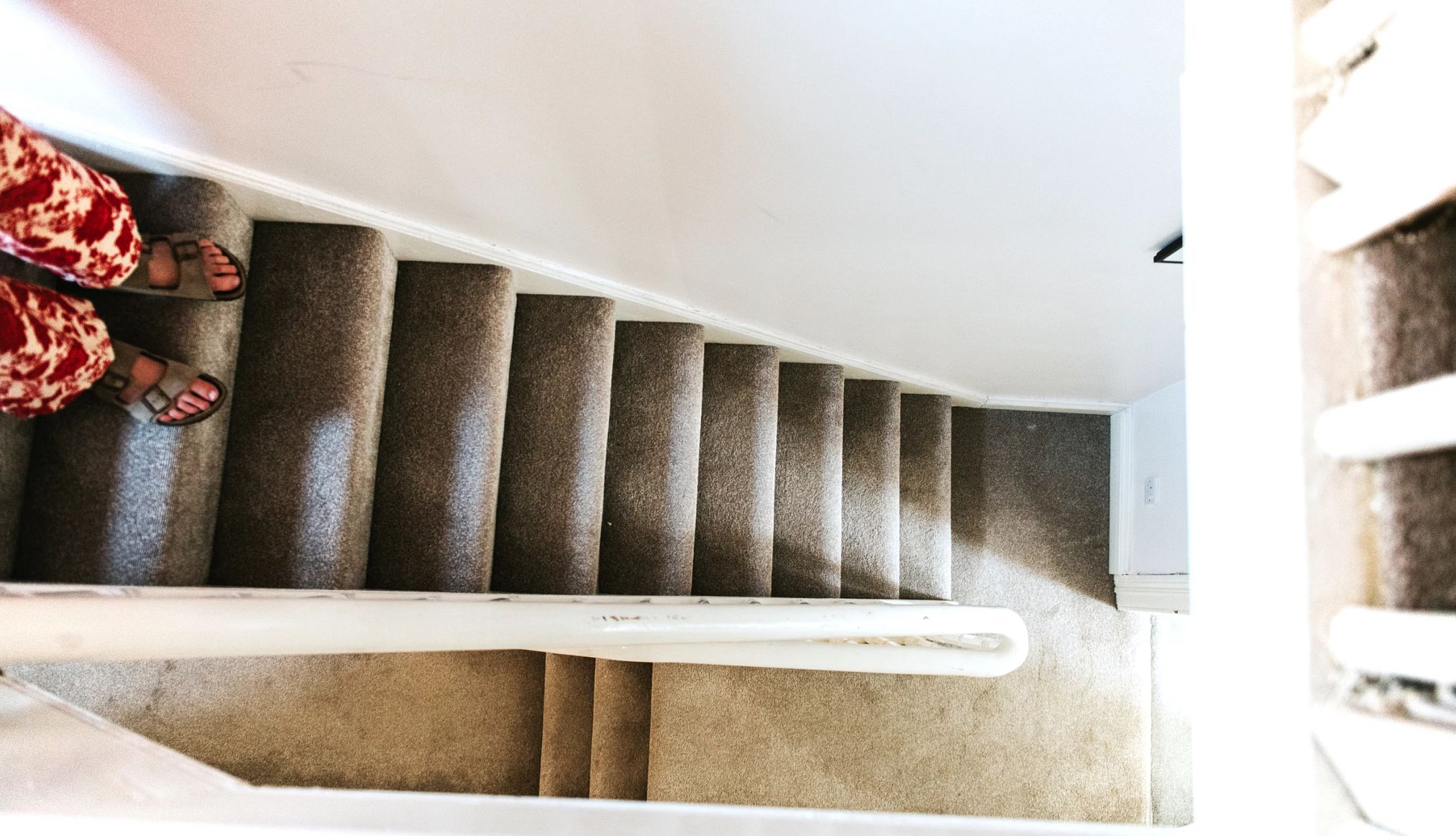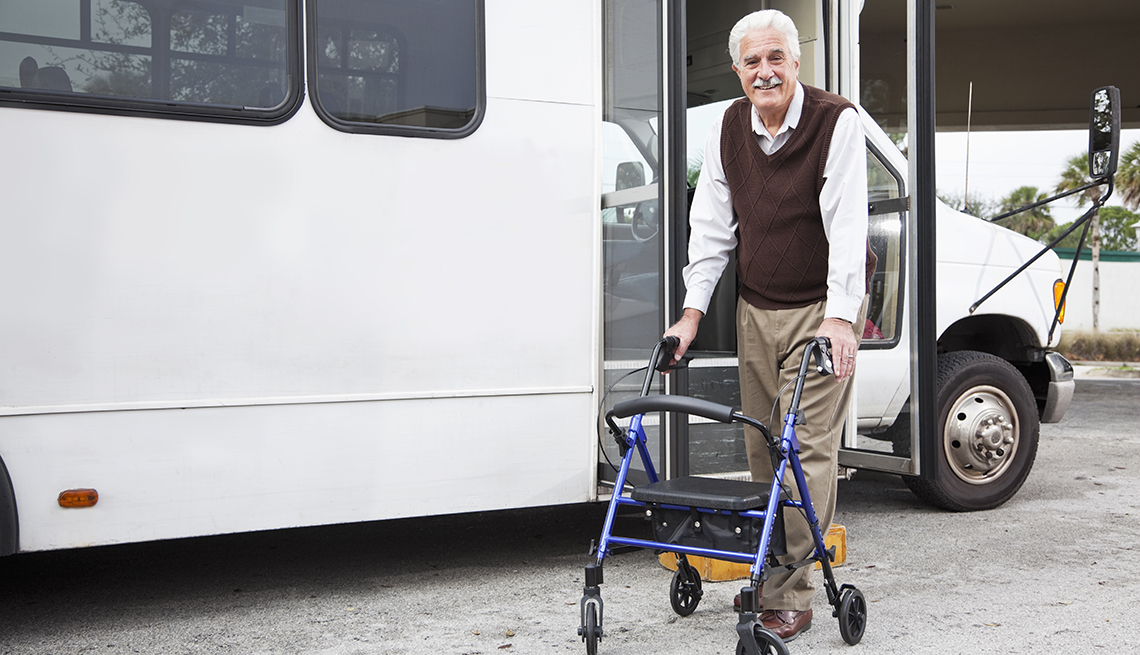AARP Hearing Center
If you find yourself doing more driving for a parent or loved one who can no longer get behind the wheel safely, you’re not alone. Among family caregivers in the United States, 80 percent — more than 42 million people — provide transportation for an older adult or for a person with a disability, according to AARP and the National Alliance for Caregiving.
While your loved one may accept rides to medical appointments when they can no longer drive, they’re probably aware of how much stress you’re under and may hesitate to ask for rides that are “unessential,” like meeting friends at a restaurant, says Shayna Gleason, a research associate with the International Transportation Learning Center, a nonprofit focused on improving public transportation.
“Having a variety of convenient and safe transportation options makes it easier for people to age in place,” says Christy Kwan who helps local leaders design age-friendly communities as a policy advisor at AARP’s Livable Communities. “Walkable neighborhoods, public transportation and ride-sharing services connect people to social activities, jobs, medical care and community services that support their independence.”
To help your loved one stay connected to their friends and community, look to local resources. There may be more than just expensive cabs, Uber and Lyft available.
Will the transportation meet your needs?
When you’re evaluating what transportation options might be available, Gleason suggests discussing these questions with your loved one to evaluate together how useful each service will be:
When do they want to use the transportation? If they’re planning to go to weekend concerts, evenings out with friends or holiday gatherings with family, you’ll need to find out what kind of transit is available at those times.
How do they want to plan? How important is being spontaneous to your loved one? Are they OK with booking several days or a week ahead, or do they want the flexibility to travel on demand?
Where would they go? Some services may not cross town or county lines, so you’ll want to see what destinations they need to access.
What kind of assistance do they need? Some services will help your loved one in and out of vehicles and buildings. If they use special equipment such as walkers or wheelchairs, will drivers be able to help them?
Who’s driving? If it’s important to your loved one that they travel with a familiar face, ask companies if they are able to provide the same driver.
6 senior transportation options
Options typically are most plentiful in urban areas and least plentiful in rural areas. To find out what’s available where you live, look into these six options:
1. Buses are affordable but not always convenient
Public transportation systems vary widely and might include everything from buses to trains to trolleys. What all public transit systems have in common, however, are fixed schedules and routes that can make it easier for your loved one to plan outings.
If your loved one isn’t familiar with the system, or is intimidated by using it, many public transit agencies offer what’s known as mobility or travel training. “There are even some programs around the country that have what they call travel buddies — experienced riders who volunteer to travel with you for the first few trips that you make to ensure that you remember what you’re supposed to do and how to pay your fare,” says Virginia Dize, codirector of the National Aging and Disability Transportation Center.
Pros. Older adults and people with disabilities are typically eligible for free or discounted rides, which might also extend to their accompanying caregivers.
Cons. Fixed-route public transit may require your loved one to walk long distances or along routes without sidewalks. The bus or train stop may not be protected from the weather.
While the Americans with Disabilities Act (ADA) requires public buses and trains to be accessible, keep in mind that wheelchair lifts may be broken, and escalators and elevators may be out of service, Gleason notes. It’s therefore a good idea to verify that their route remains accessible when they need to use it, either by calling the transit agency or by browsing its website for information about service interruptions.














































































More on Caregiving
Convincing a Loved One to Give Up Car Keys
What to do when it’s no longer safe for a family member to driveCaregiver's Guide to Mobility Issues
What to do when a loved one has trouble getting around
Find the Right Home Health Aide for Your Loved One
What to look for and how to hire someone to care for family at homeUnderstanding Long-Term Care Insurance
Basics about coverage, premiums and policy options